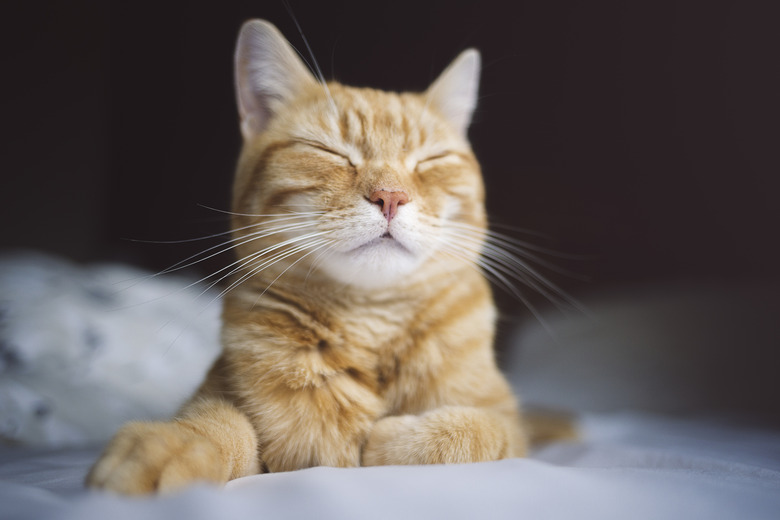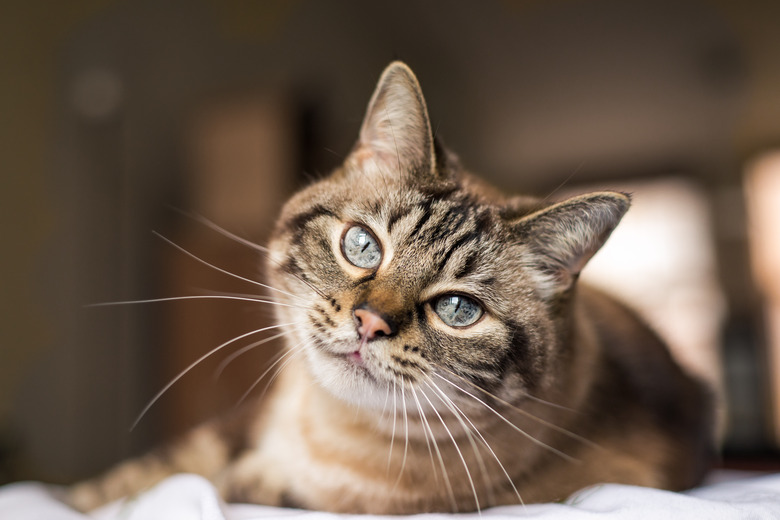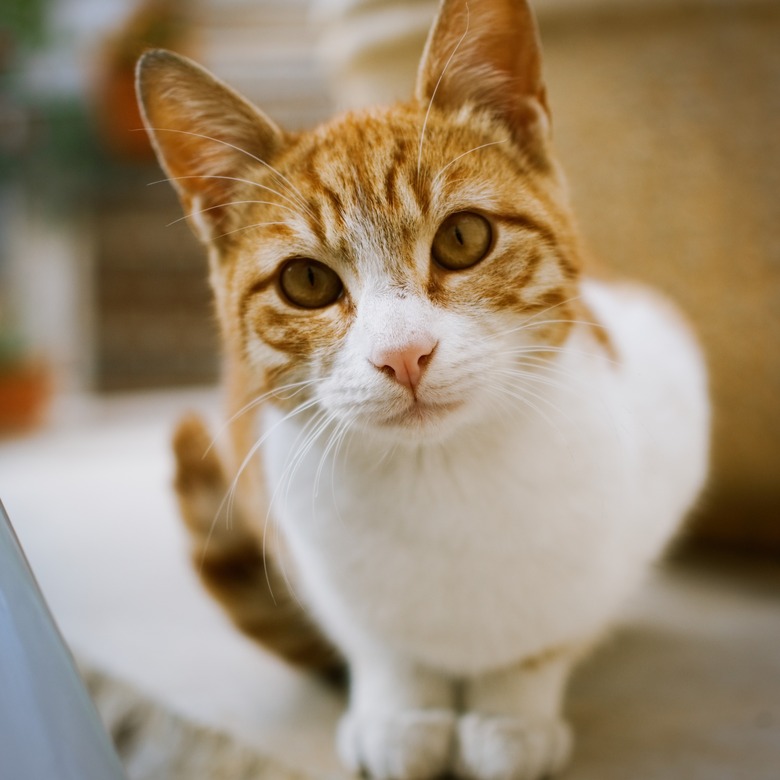Why Do Cats Have Whiskers?
You may have noticed that your cat's cute little face has something that many other animals don't: whiskers!
Cats are mammals, and while humans (who are also mammals) don't have whiskers, most other mammals do. You could consider a human's beard and mustache to be an evolutionary leftover from the early days of hair development. Because of the ways that whiskers work, other animals need them a lot more than humans do now.
According to Discover Wildlife, whiskers are modified touch organs. They are formally known as vibrissae and all mammals have them except the duck-billed platypus and echidnas, which don't follow the normal rules of anatomy! As in cats, whiskers are typically found around the nose and mouth area, but some mammals have them on their forelegs and feet. Manatees are another unusual case in which they have whiskers all over their body.
Whisker anatomy
Whisker anatomy
Vet Info says that most cats have 12 long whiskers on either side of their nose. Cats have shorter ones near their eyebrow area, on the jawline, and on the back of their front legs. Whisker hair is thicker and longer than fur. They have a range of movement and are connected to the cat's nervous system, so your cat uses these to get a lot of information about his environment.
The top two rows of whiskers can move independently of the other whiskers. Much like your cat's rotatable ears help her hear in all directions, this movement of the whiskers helps her gather information from all sides. Whiskers will fall out over time and be replaced much like hair, but pulling them out will cause your cat pain, because the nerve endings around them are so sensitive.
Feeling around
Feeling around
Although whiskers might just seem like hairs that don't do anything, they are actually highly sensitive to touch. The hairs themselves don't have nerve endings, but the area where the whiskers attach into the hair follicle is loaded with nerves. Live Science explains that when a cat is doing anything, whether just walking around or hunting, they can use their whiskers to detect the location and size of an object, even in the dark. A cat's whiskers are sensitive enough to detect changes in air currents, which can let it know if something is approaching it that it should look out for.
Whiskers grow to about the body width of your cat. If a cat is trying to determine if it can fit in a space — say, under a house — or whether it can squeeze through thick bushes or branches while hunting, its whiskers can help it determine if the space is big enough for it to fit into.
Mood
Whiskers can communicate mood, just like your dog or cat's tail movements can let you know whether they're feeling frisky or sad. VCA Hospitals says that when a cat is content and happy to be at rest, the whiskers are relaxed and at rest too. A happy or curious cat will raise their whiskers, just like you might raise your eyebrows in surprise or delight. A cat who feels threatened will pull their whiskers back, while a cat who is exploring will have them forward and moving all around, to take in as much information as possible.
Should I cut my cat's whiskers?
Should I cut my cat's whiskers?
No! A cat's senses of smell and hearing are quite developed, but their eyesight is not great. Essentially, your cat "sees" its environment through the information it gathers from its whiskers. VCA Hospitals says that almost 40 percent of a cat's brain is devoted to processing information from its touch sensors like whiskers. If you cut your cat's whiskers, they will grow back, but you'll be depriving your cat of important information.
If they were outside. they could be vulnerable to predators sneaking up on them because they wouldn't "feel" their approach. They could find themselves in a strange environment and not be able to tell where they can safely go. Not having all of the information that whiskers provide could cause your cat to become scared or confused.
When everything is considered, because whiskers are crucial to a cat's ability to safely navigate both in a home and outside in the environment, you should not cut your cat's whiskers. They are too important!
Always check with your veterinarian before changing your pet's diet, medication, or physical activity routines. This information is not a substitute for a vet's opinion.


